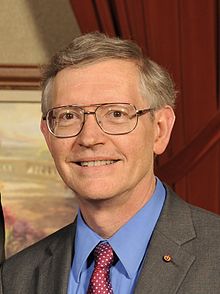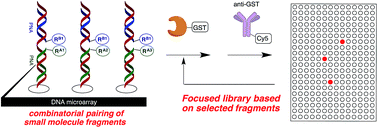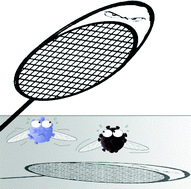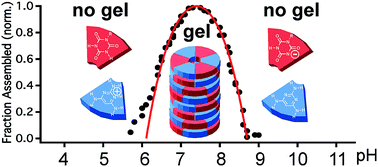 The prestigious Nobel Prize in Chemistry 2014 was awarded jointly to Eric Betzig, Stefan W. Hell and William E. Moerner for their outstanding contributions to advancing single molecule spectroscopy. Many congratulations to all of them!
The prestigious Nobel Prize in Chemistry 2014 was awarded jointly to Eric Betzig, Stefan W. Hell and William E. Moerner for their outstanding contributions to advancing single molecule spectroscopy. Many congratulations to all of them!
To mark this special occasion, we would like to remember Moerner’s latest publication in Chemical Science. Take another look at his exceptional minireview on single-molecule spectroscopy. To access the full article, download a copy for free* by clicking the link below:
Single-molecule spectroscopy of photosynthetic proteins in solution
Gabriela S. Schlau-Cohen, Samuel Bockenhauer, Quan Wangac and W. E. Moerner
DOI: 10.1039/C4SC00582A
The Chemical Science team would like to take this opportunity to congratulate Prof. Moerner on this fantastic achievement.
Single-molecule optical spectroscopy is the topic of one of our very successful Chem. Soc. Rev. themed issues, aimed to sample a number of recent conceptual and methodic inroads as well as applications in single-molecule science.
This special issue, guest edited by Professor Michel Orrit, Professor Taekjip Ha and Professor Vahid Sandoghdar, combines tutorial reviews with review articles to illustrate the power and versatility of single-molecule optical techniques
Additionally, don’t miss out our upcoming Faraday Discussion on Single Molecule Microscopy and Spectroscopy during the 14-16 September 2015. We look forward to welcoming you to London for this Faraday Discussion.
Abstract submission is now open, so take advantage of this excellent opportunity to showcase your latest research alongside leading scientists from across the globe. Don’t leave it too late – the deadline for oral abstracts is 8 December 2014.
Themes will include:
– Quantum optics and plasmonics
– Probes and sensors for molecular biophysics
– Superresolution and imaging of soft and biological matter
– Nonlinear optics and coherence in biophysics
It is our pleasure to announce that two of the Nobel laureates will be with us during the event. Prof. Moerner has agreed to be our opening lecturer and Prof. Hell will be responsible for the closing remarks of this exciting Faraday Discussion. Check the programme and the complete list of speakers here.
*Access is free through a registered RSC account for the next six weeks – click here to register


















 Scientists in the US have developed
Scientists in the US have developed